Home>Interior Design>7 Small Bedroom Mistakes That Are Ruining Your Sleep Space
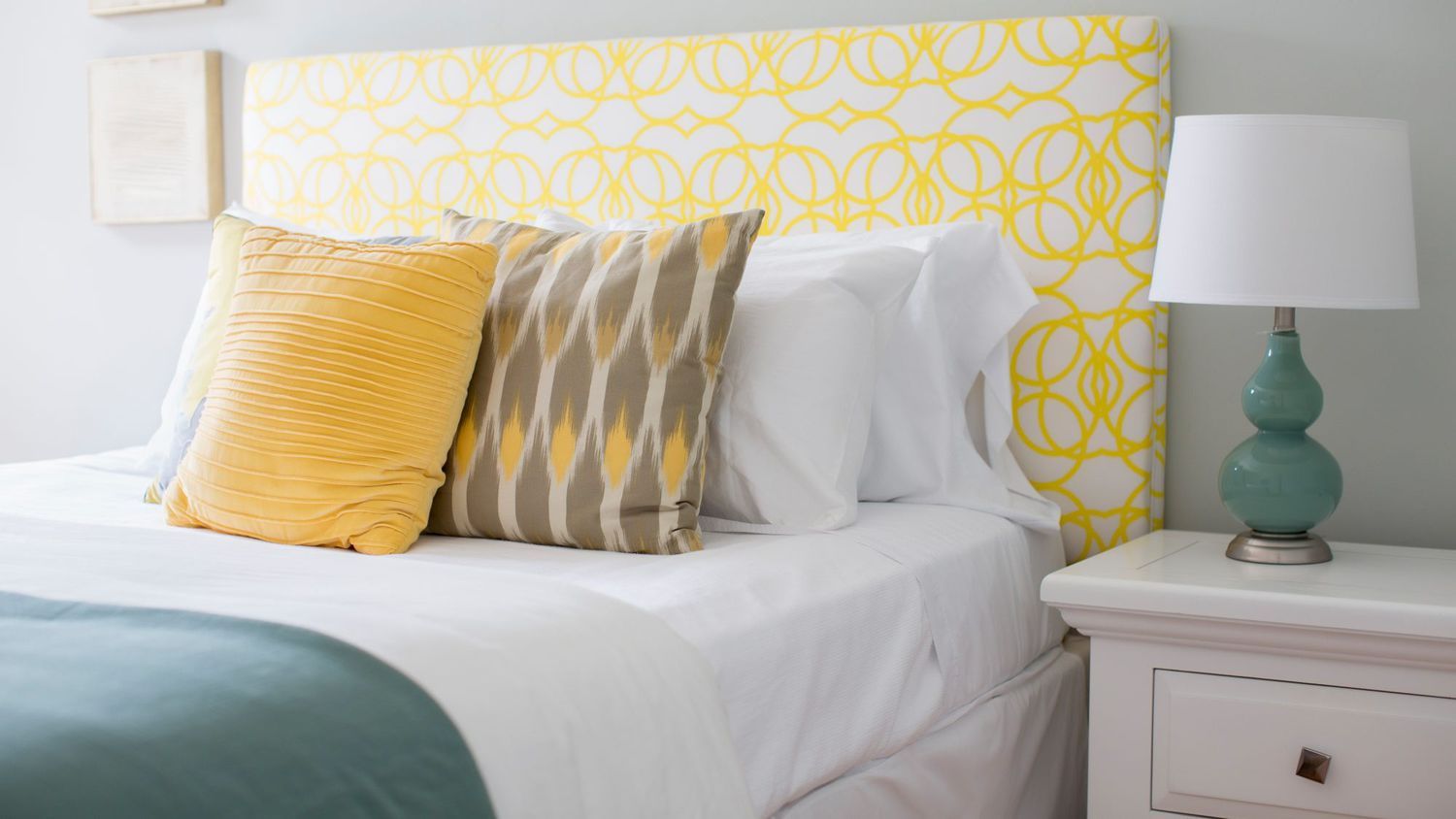

Interior Design
7 Small Bedroom Mistakes That Are Ruining Your Sleep Space
Modified: January 19, 2024
Avoid these 7 interior design mistakes in your small bedroom that can ruin your sleep space and disrupt your rest.
(Many of the links in this article redirect to a specific reviewed product. Your purchase of these products through affiliate links helps to generate commission for Storables.com, at no extra cost. Learn more)
Introduction
Welcome to your personal sanctuary – your bedroom. A place where you should be able to unwind, relax, and get a restful night’s sleep. However, if you find yourself constantly struggling to get a good night’s sleep, your bedroom might be to blame. Many people unknowingly make small mistakes when it comes to their sleep space, which can negatively affect their sleep quality and overall well-being. In this article, we will explore seven common small bedroom mistakes that might be ruining your sleep space, and provide you with practical solutions to fix them.
Key Takeaways:
- Choose the right mattress, prioritize comfort, and address noise issues to create a serene and inviting sleep space that promotes restful and rejuvenating sleep.
- Opt for calming colors, proper ventilation, and comfortable bedding to transform your bedroom into a sanctuary of comfort and tranquility, enhancing your overall well-being.
Mistake 1: Choosing the wrong mattress
One of the most crucial aspects of creating a comfortable sleep space is choosing the right mattress. A mattress that is too soft or too firm can lead to discomfort, tossing and turning throughout the night, and waking up with aches and pains.
When selecting a mattress, it is important to consider your individual sleeping preferences. Do you prefer a plush, cloud-like feel or a firmer, more supportive surface? Take the time to test out different mattresses and find the one that aligns with your specific needs.
Additionally, consider your body type and any specific health concerns. If you have back pain, for example, you may benefit from a mattress that offers extra lumbar support. If you sleep hot, look for a mattress with cooling features to help regulate temperature.
Investing in a high-quality mattress is crucial for a good night’s sleep. Remember, you will spend a significant portion of your life on your mattress, so it’s worth allocating the necessary budget to get a mattress that will provide you with comfort and support for years to come.
Mistake 2: Neglecting proper ventilation
Proper ventilation is often overlooked when it comes to creating a sleep-conducive environment in the bedroom. However, it plays a crucial role in maintaining air quality and regulating temperature and humidity levels.
When a bedroom is poorly ventilated, stale air can accumulate, leading to stuffiness and discomfort. This can impact your quality of sleep, leaving you feeling groggy and restless in the morning.
To improve ventilation in your bedroom, start by ensuring that windows can be opened easily to allow fresh air to circulate. Use window screens to keep insects out while still allowing air to flow in. Consider investing in a fan or air purifier to enhance air circulation and filter out dust and allergens.
In addition, be mindful of your bedding materials. Opt for breathable fabrics, such as cotton or bamboo, that promote air circulation and prevent heat and moisture buildup.
Proper ventilation not only improves air quality but also helps to maintain a comfortable and refreshing sleep environment, ultimately contributing to a better night’s rest.
Mistake 3: Ignoring clutter and disorganization
A cluttered and disorganized bedroom can create a chaotic and stressful atmosphere, making it difficult to relax and unwind. It’s important to create a serene and calming environment conducive to a restful night’s sleep.
Start by decluttering your bedroom and removing any unnecessary items. Keep surfaces clear and find designated spots for everything, whether it’s clothing, books, or personal belongings. Consider investing in storage solutions, such as bins, baskets, or under-bed storage, to keep items neatly organized and out of sight.
In addition to physical clutter, digital clutter can also negatively impact your sleep space. Remove electronic devices, such as smartphones, laptops, and tablets, from your bedroom. These devices emit blue light, which can interfere with your body’s natural sleep-wake cycle and make it harder to fall asleep.
An organized and clutter-free bedroom not only promotes relaxation but also makes it easier to maintain cleanliness and order, allowing for a more peaceful and inviting sleep environment.
Mistake 4: Using the wrong colors
The colors you choose for your bedroom can have a significant impact on the atmosphere and mood of the space. Using the wrong colors can hinder your ability to relax and fall asleep.
Avoid using bright, vibrant colors in your bedroom, as they can be stimulating and energizing. Opt instead for soft, calming colors that promote a sense of tranquility and serenity. Shades of blue, green, and neutral tones like beige or gray are excellent choices for creating a soothing ambiance.
Consider the psychology of colors when selecting hues for your bedroom. Blue is known for its calming and relaxing properties, while green is associated with nature and promotes a sense of balance. Earthy tones can create a grounded and peaceful atmosphere.
Avoid using excessively dark colors, as they can make a room feel smaller and gloomy. If you prefer deeper tones, consider using them as accent colors or in small doses to add depth and visual interest to the space.
By choosing the right colors for your bedroom, you can create a visually appealing and harmonious environment that promotes relaxation and restful sleep.
Invest in blackout curtains to block out light and create a more restful sleep environment.
Mistake 5: Poor lighting choices
Lighting plays a crucial role in creating the right ambiance in your bedroom. Poor lighting choices can disrupt your sleep routine and make it difficult to wind down at the end of the day.
Avoid using harsh, bright overhead lighting in the bedroom, as it can be overly stimulating and make it challenging to relax. Instead, opt for soft, warm lighting options that mimic natural light and create a cozy atmosphere.
Consider incorporating a combination of task lighting and ambient lighting in your bedroom. Task lighting, such as bedside lamps or reading lights, allows for focused illumination when needed. Ambient lighting, like a dimmable overhead fixture or wall sconces, provides overall soft lighting that helps to create a calming environment.
Note that in the evening, it’s best to minimize exposure to blue light, which can interfere with sleep. Avoid using electronic devices with bright screens before bed, and consider installing warm-colored light bulbs or using dimmer switches to adjust the lighting to a more relaxing setting.
Proper lighting choices in your bedroom will not only enhance the aesthetic appeal of the space but also contribute to a peaceful and soothing atmosphere conducive to a good night’s sleep.
Mistake 6: Not addressing noise issues
Noise disturbances can significantly impact the quality of your sleep, making it harder to fall asleep and stay asleep throughout the night. Unfortunately, many people overlook the importance of addressing noise issues in their sleep space.
Start by identifying the sources of noise in your bedroom. It could be external noise from traffic, neighbors, or nearby establishments. It could also be internal noise from appliances, ticking clocks, or even snoring partners.
To mitigate external noise, consider using soundproof curtains or window inserts to reduce the amount of noise entering your bedroom. You can also use white noise machines or fans to create a soothing background sound that masks other noises.
If internal noises are the problem, try locating and eliminating the sources. Move noisy appliances out of the bedroom, replace a ticking clock with a silent one, or explore solutions for reducing snoring, such as using nasal strips or investing in anti-snoring devices.
Creating a peaceful and quiet sleep environment is crucial for promoting uninterrupted sleep and allowing your body and mind to fully relax.
Mistake 7: Neglecting comfortable bedding and pillows
Your choice of bedding and pillows can greatly impact the comfort and quality of your sleep. Neglecting to prioritize comfort and support can result in restless nights and discomfort.
Start by investing in a high-quality mattress to provide a supportive foundation for your sleep. Pair it with a mattress topper if you prefer extra cushioning or have specific comfort needs.
Next, consider your pillows. The right pillow can cradle your head and neck, aligning your spine and promoting proper sleep posture. Choose a pillow that suits your preferred sleeping position – whether you sleep on your side, back, or stomach – and opt for materials that offer the right level of support and breathability.
When it comes to bedding, prioritize comfort and breathability. Choose sheets made from natural fibers like cotton or bamboo, which are soft, lightweight, and allow for better airflow. Opt for a duvet or comforter with the appropriate warmth for your climate and preferences.
Additionally, keep your bedding clean and well-maintained to ensure optimal sleep hygiene. Regularly wash your sheets, pillowcases, and duvet covers to remove allergens and maintain a fresh sleeping environment.
Neglecting to prioritize comfortable bedding and pillows can lead to a lack of support, discomfort, and restless sleep. By investing in high-quality, comfortable bedding, you can create a cozy and inviting sleep space that promotes a restful and rejuvenating night’s sleep.
Conclusion
Your bedroom should be a sanctuary that promotes relaxation, rest, and rejuvenation. However, it’s easy to make small mistakes that can inadvertently impact the quality of your sleep. By addressing these common bedroom mistakes, you can create a sleep-conducive environment that enhances your overall well-being.
Start by choosing the right mattress that aligns with your sleeping preferences and provides adequate support. Ensure proper ventilation in your bedroom to improve air quality and maintain a comfortable temperature. Avoid clutter and disorganization to create a serene and inviting space. Select calming colors that promote relaxation and avoid using harsh overhead lighting. Address noise issues by minimizing external sounds and eliminating internal noise sources. Lastly, prioritize comfortable bedding and pillows that provide adequate support and promote proper sleep posture.
By rectifying these bedroom mistakes, you can transform your sleep space into an oasis of comfort and tranquility. Your nights will be filled with restful sleep, and you’ll wake up refreshed and ready to tackle the day ahead.
Take the time to assess your own bedroom and implement these changes gradually. Small improvements can make a big difference in creating an optimal sleep environment. Remember, a good night’s sleep is key to maintaining your overall health and well-being.
Frequently Asked Questions about 7 Small Bedroom Mistakes That Are Ruining Your Sleep Space
Was this page helpful?
At Storables.com, we guarantee accurate and reliable information. Our content, validated by Expert Board Contributors, is crafted following stringent Editorial Policies. We're committed to providing you with well-researched, expert-backed insights for all your informational needs.
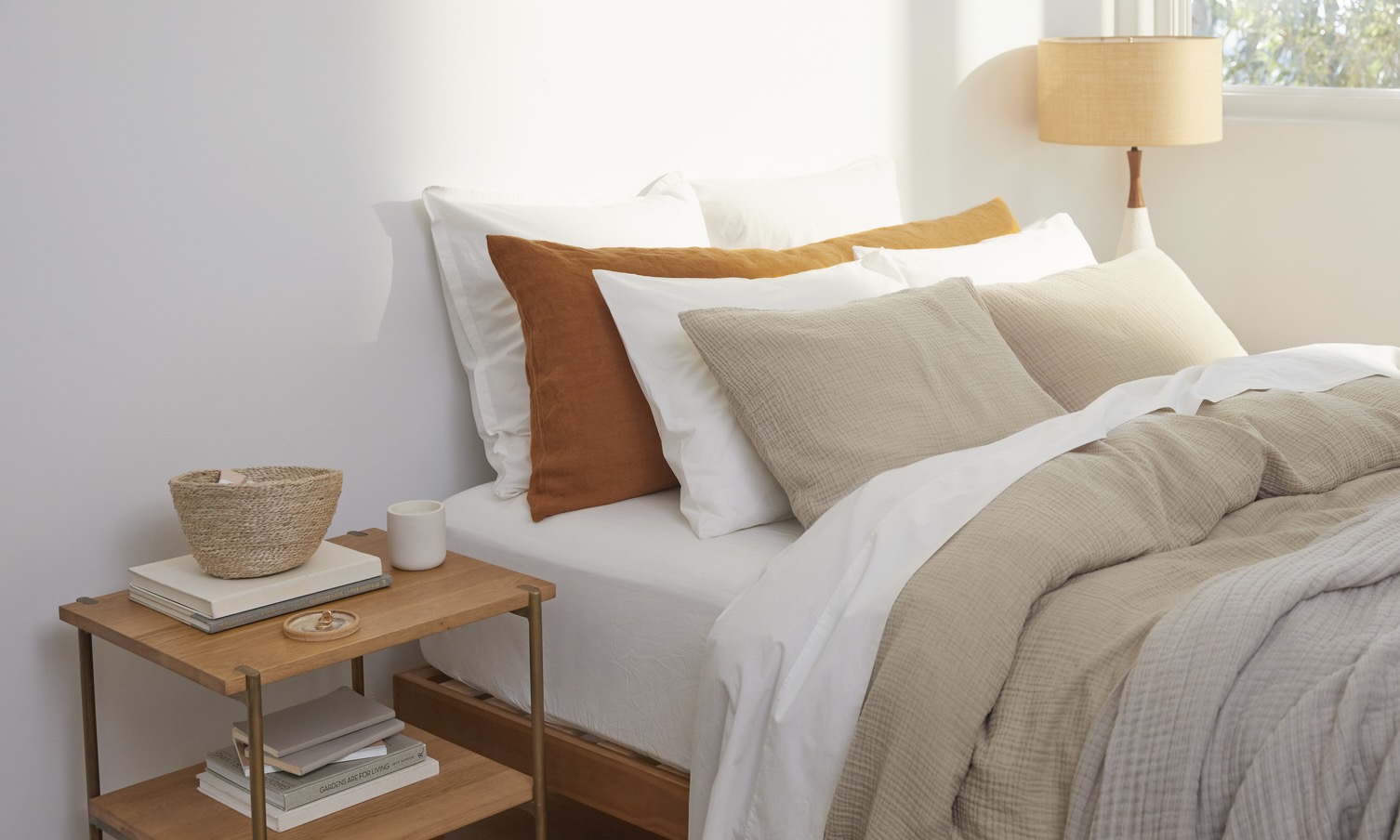
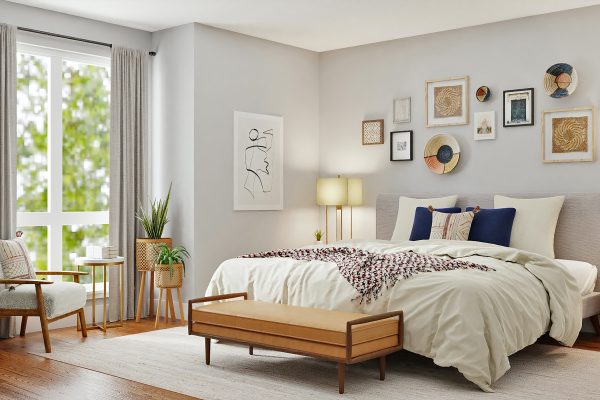

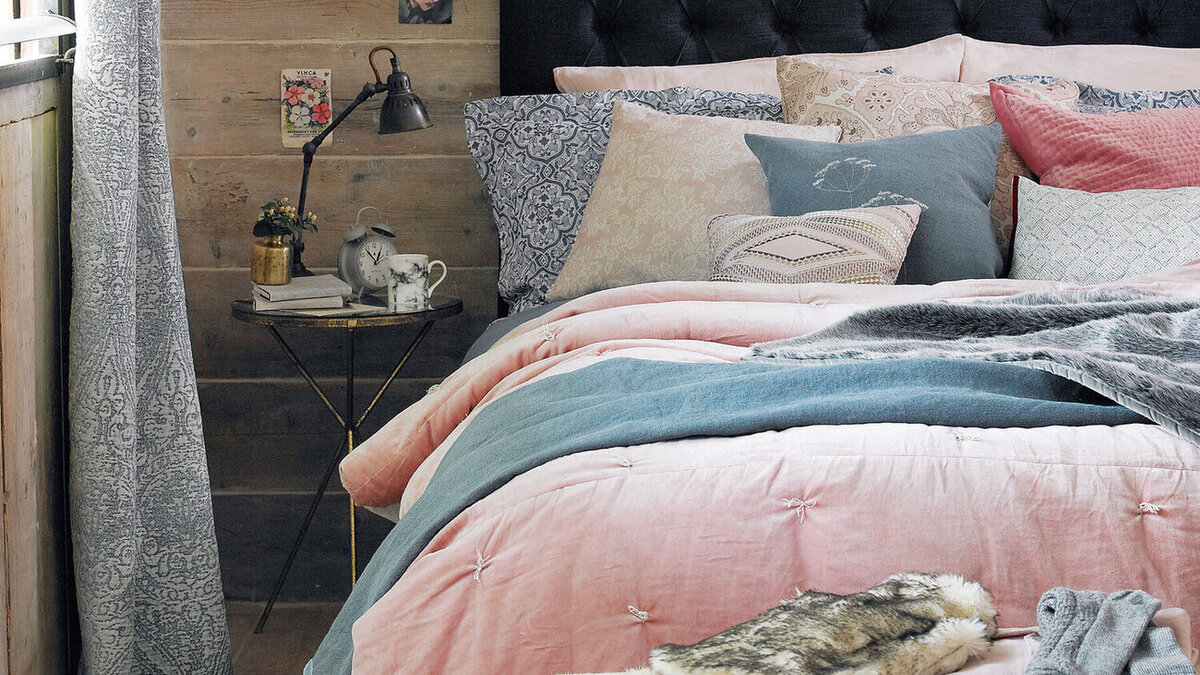
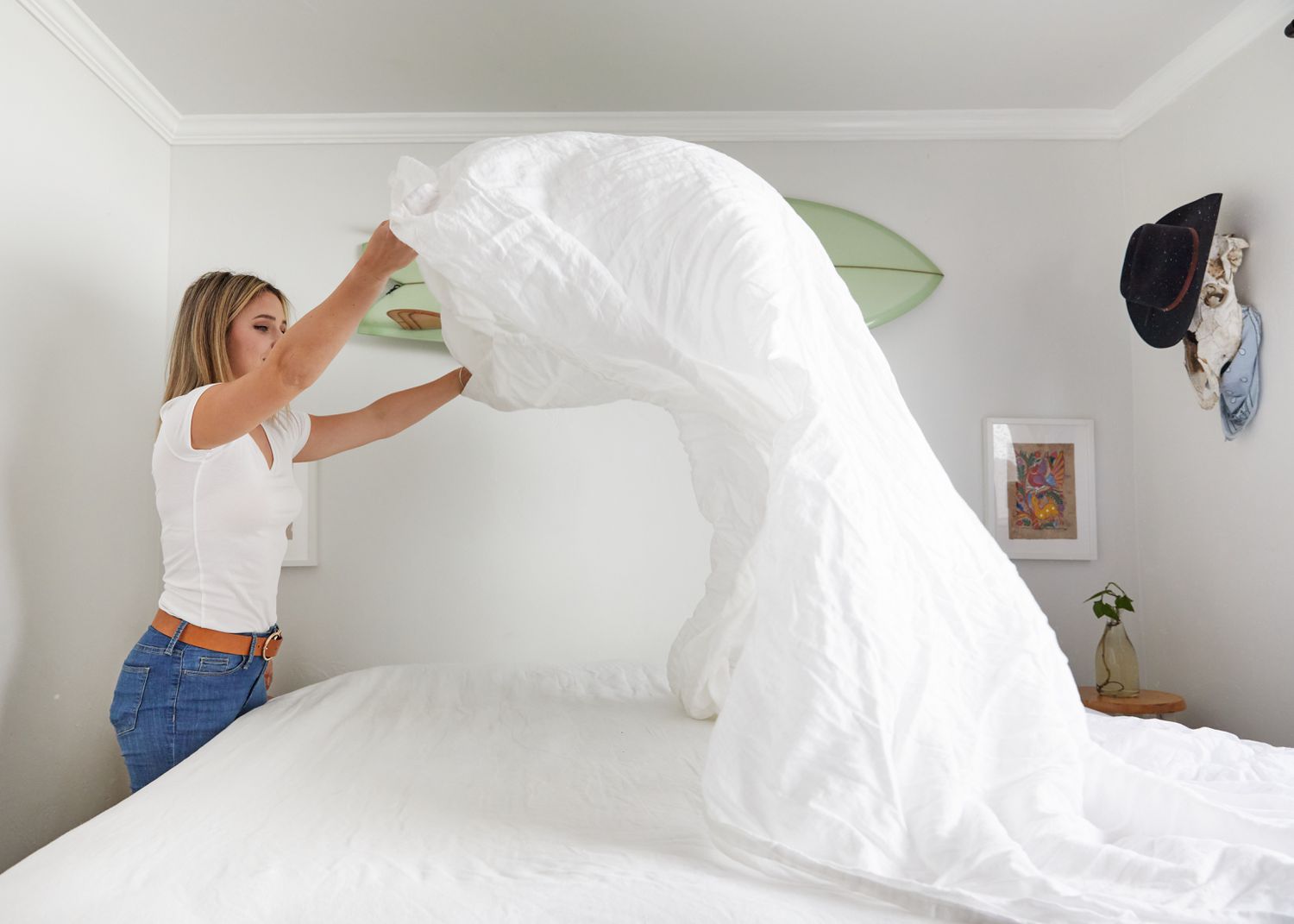

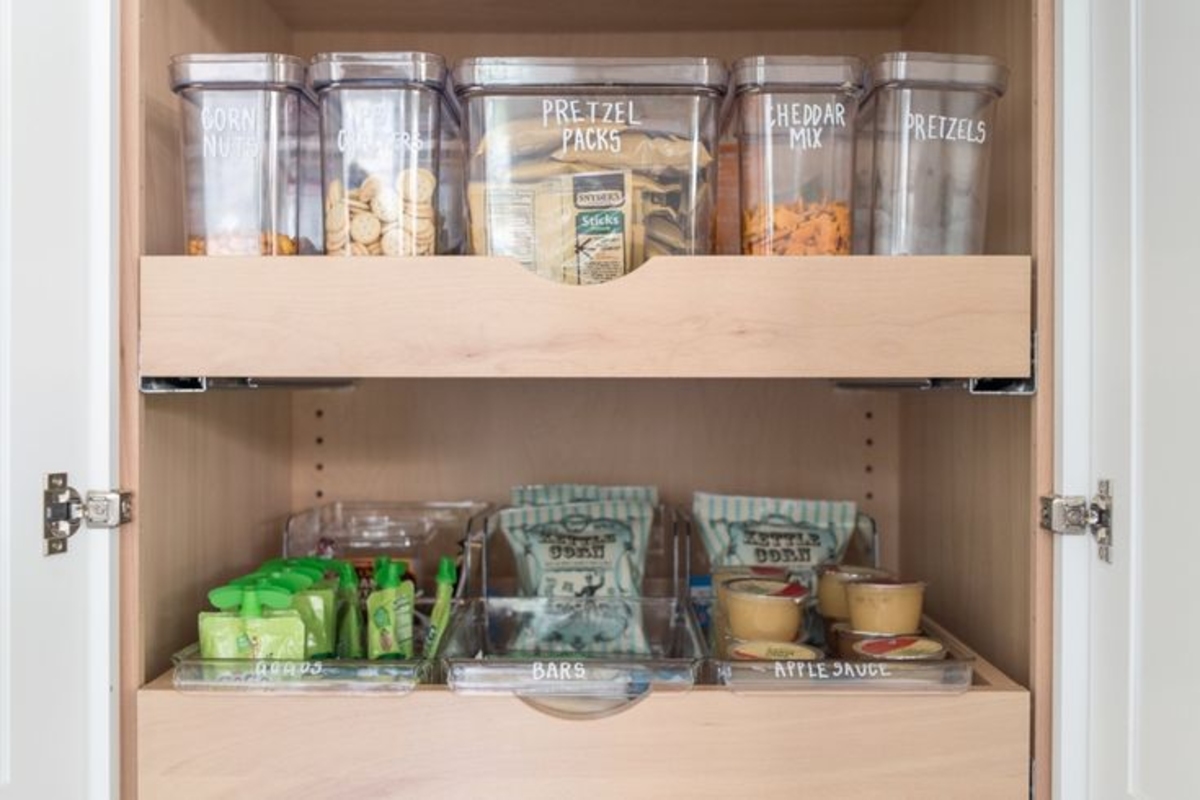
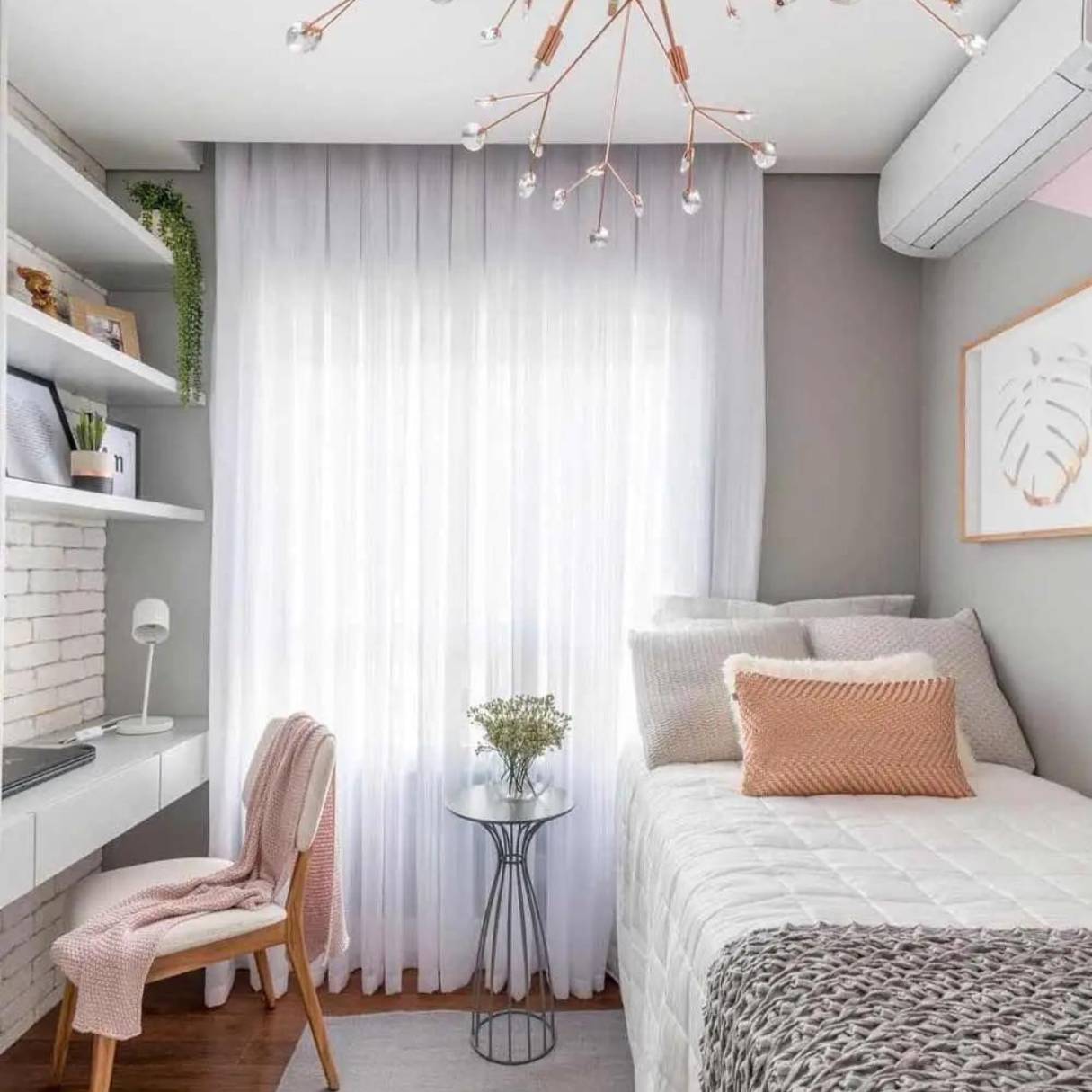
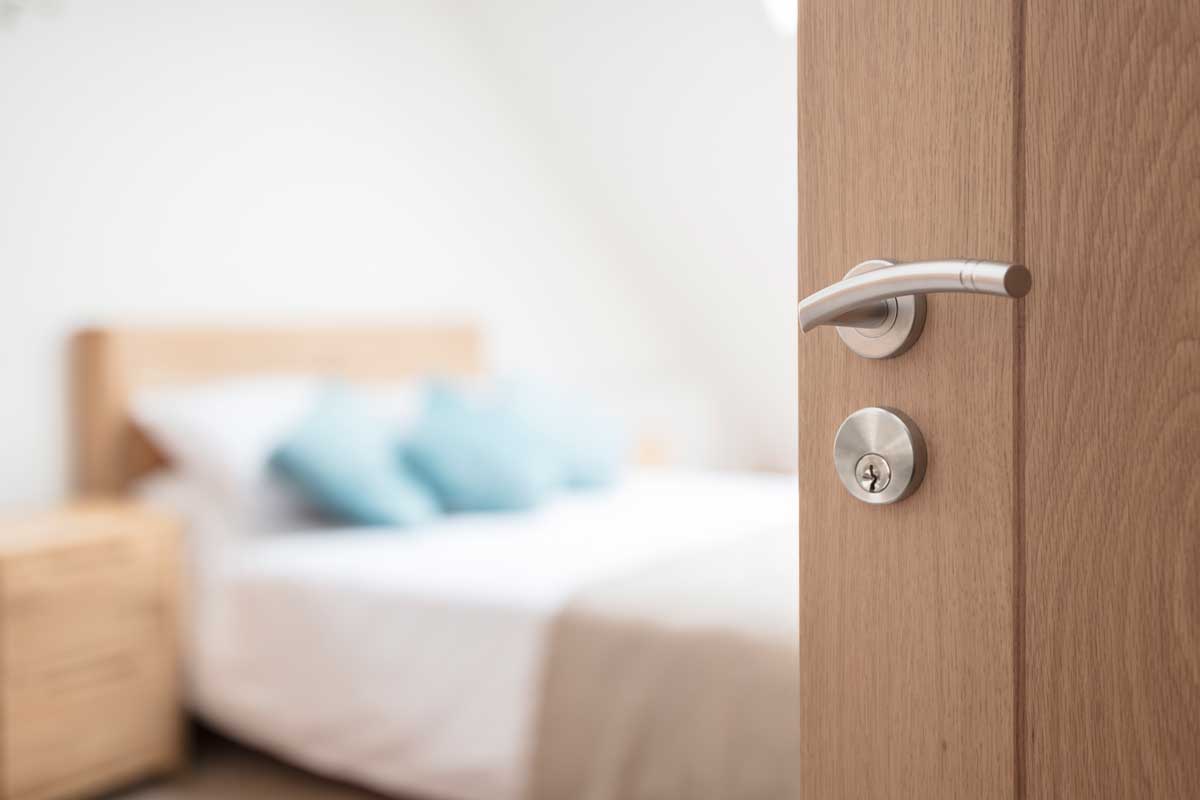
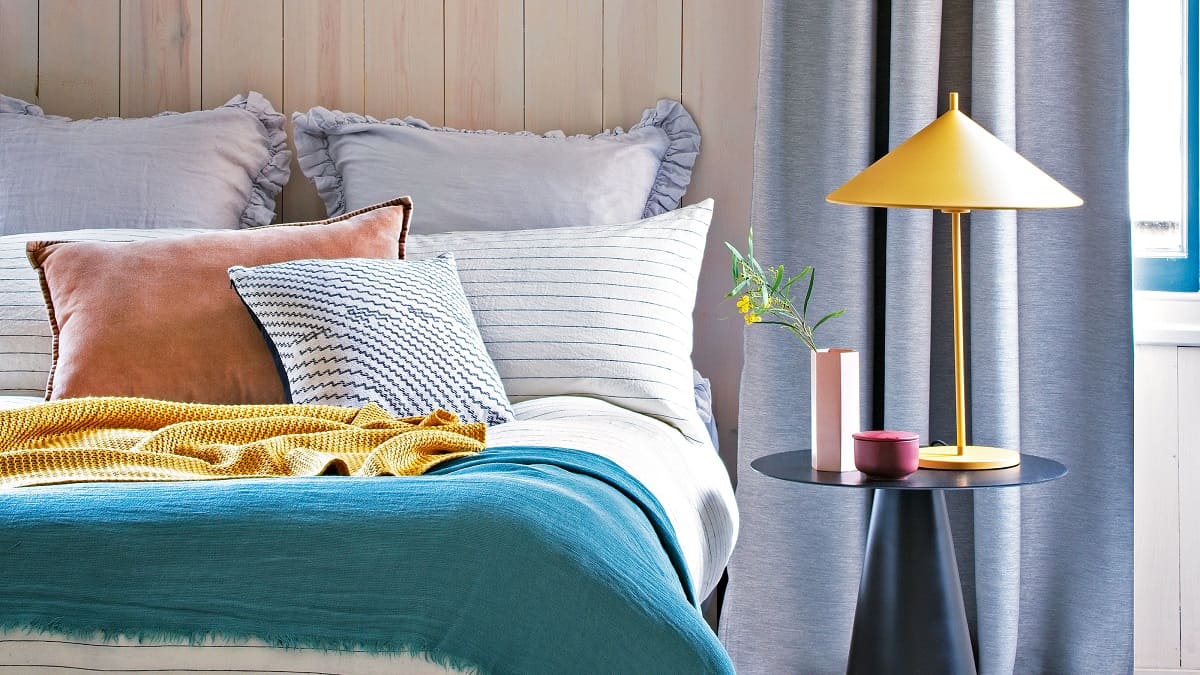
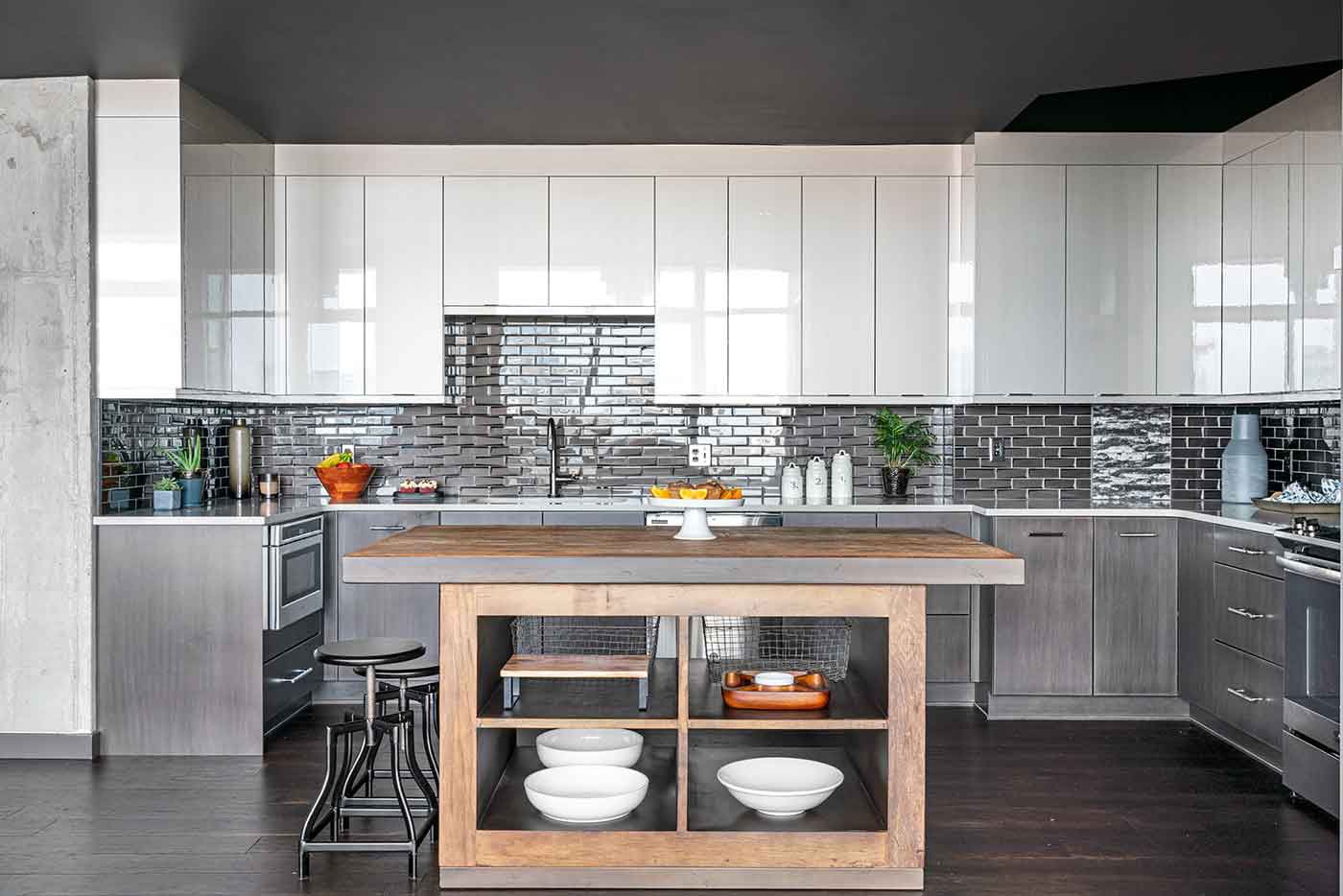
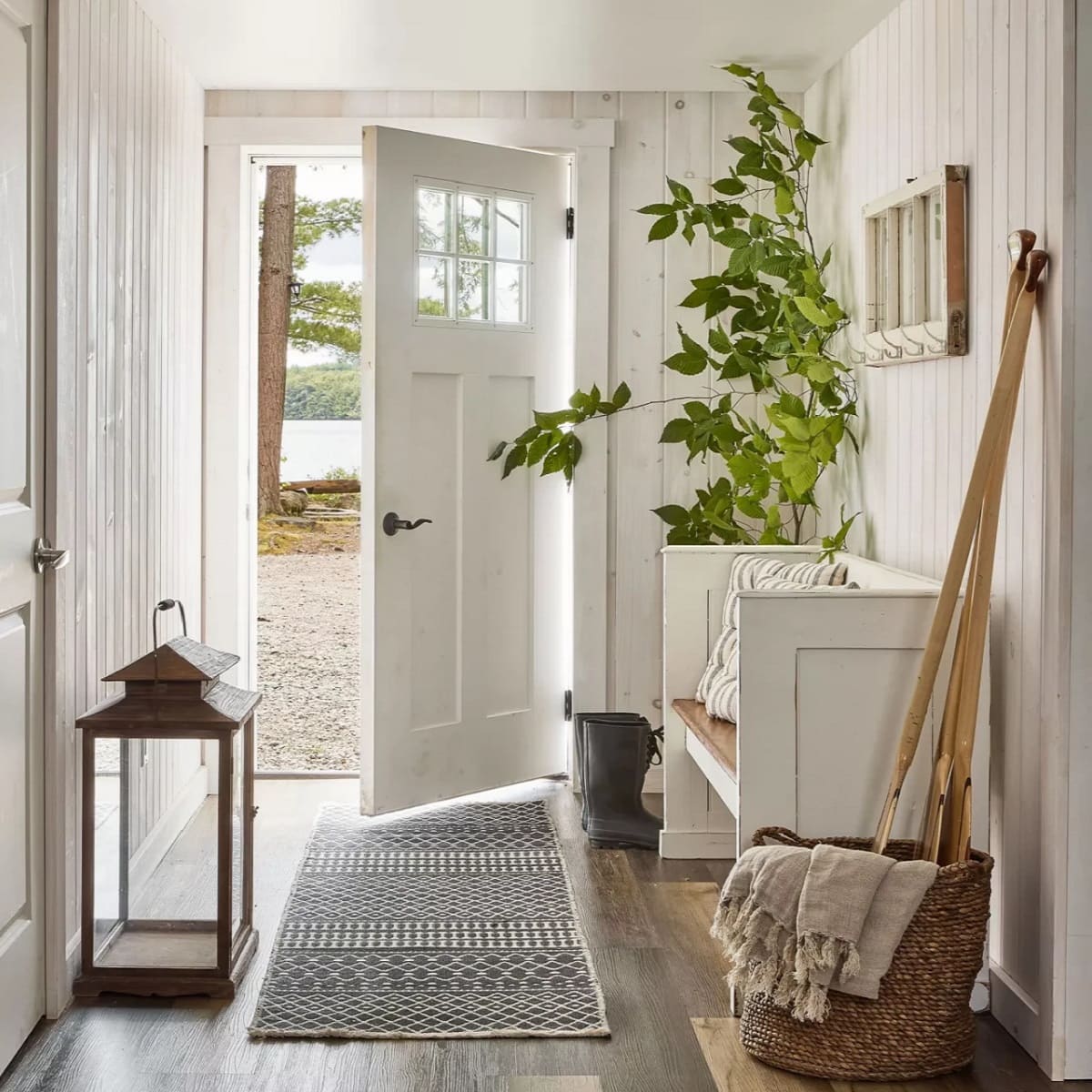
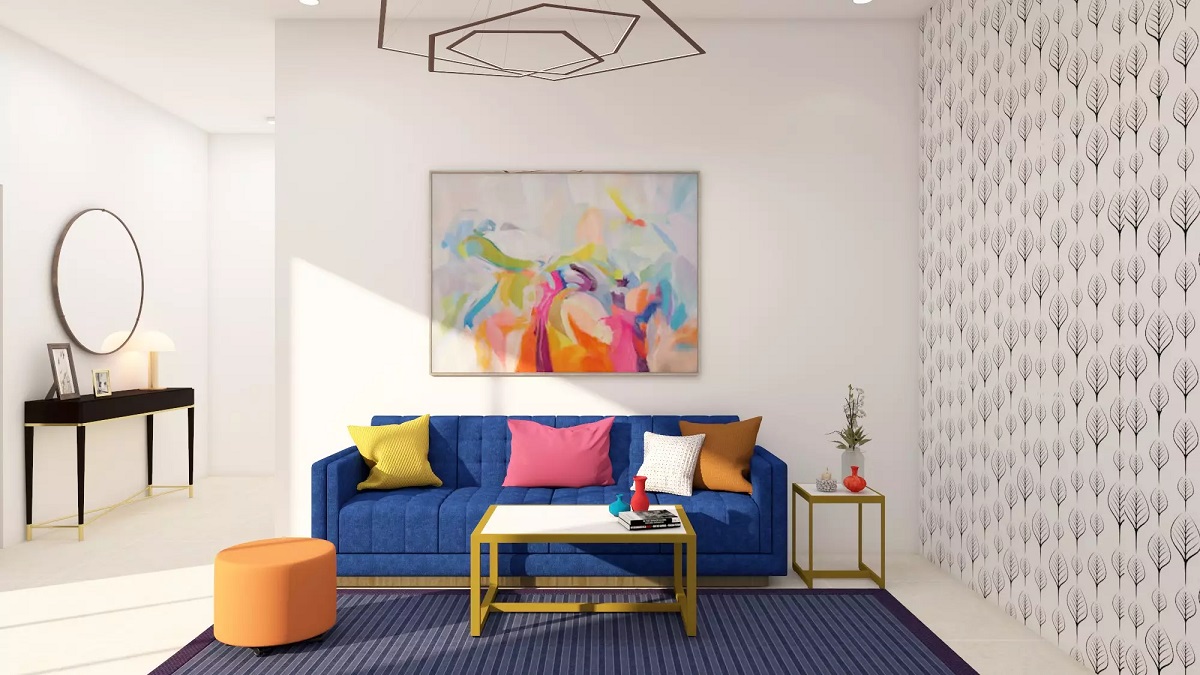
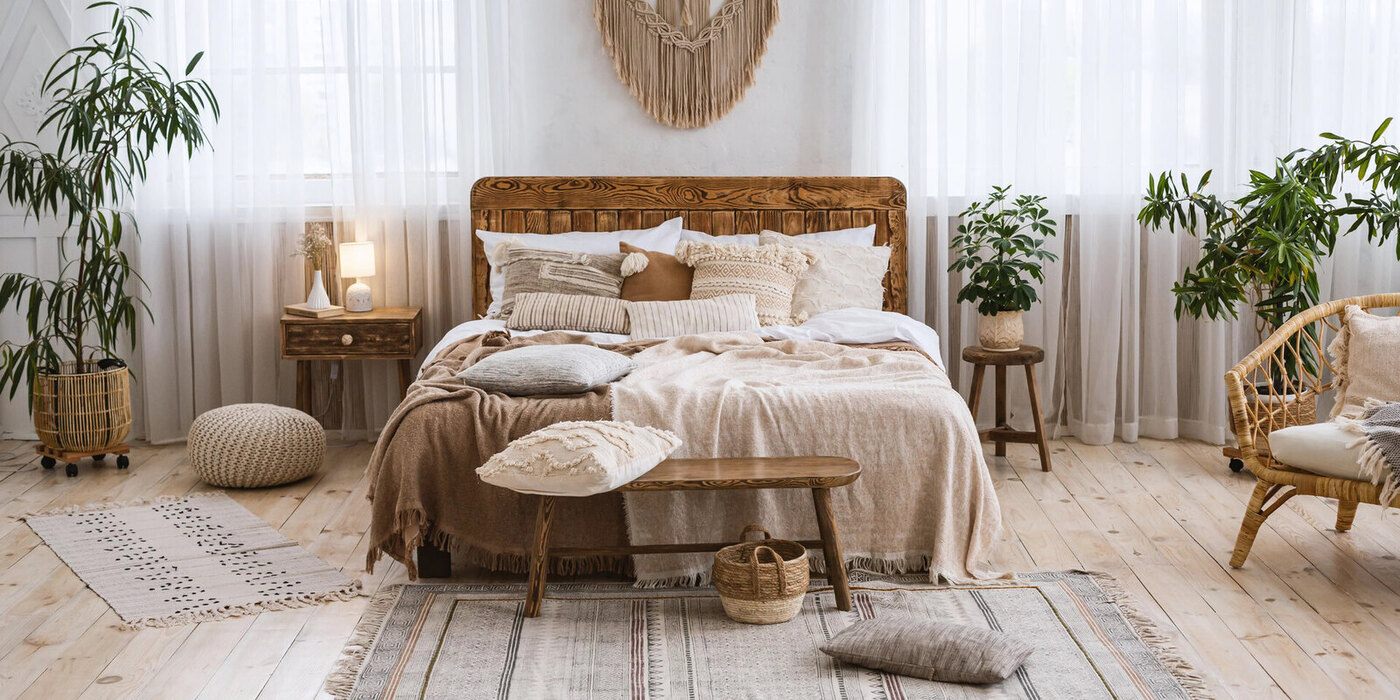

0 thoughts on “7 Small Bedroom Mistakes That Are Ruining Your Sleep Space”